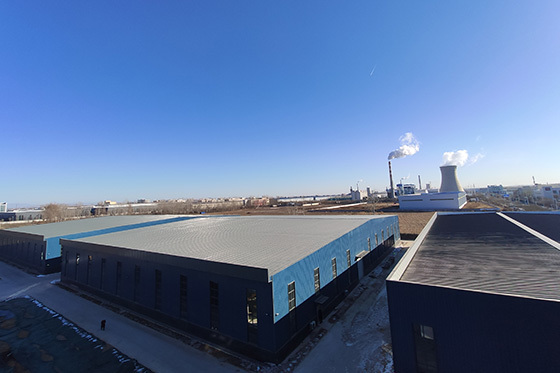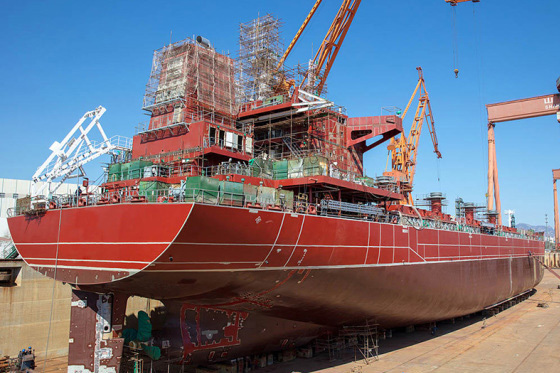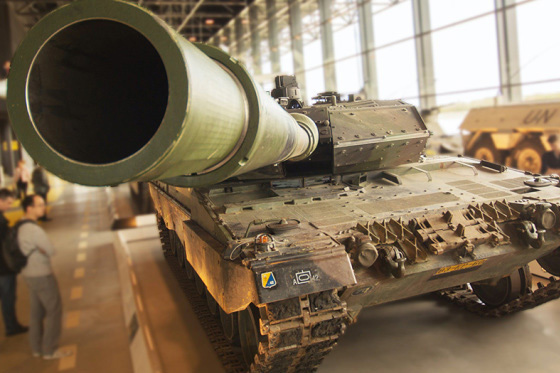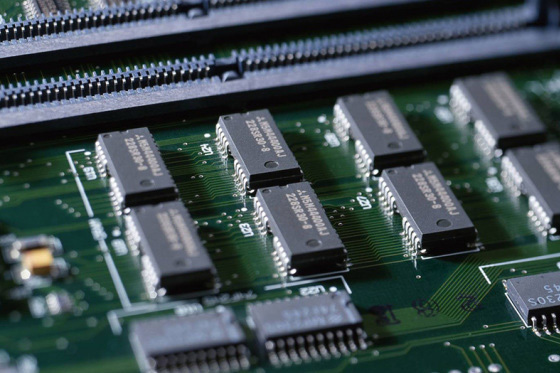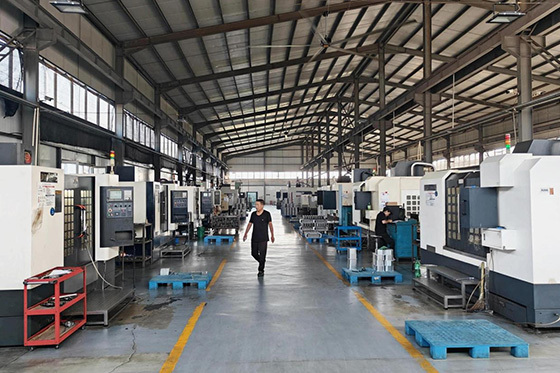What is machining?
Release time:
Mar 28,2024
Machining, in short, is the process of cutting, grinding, forming and other processing operations on materials through tools and mechanical equipment to achieve the shape, size and surface quality we want. It's like a magician in modern manufacturing, turning a piece of ordinary material into a beautiful product after a series of "spells" and "magic.
Machining, in short, is the process of cutting, grinding, forming and other processing operations on materials through tools and mechanical equipment to achieve the shape, size and surface quality we want. It's like a magician in modern manufacturing, turning a piece of ordinary material into a beautiful product after a series of "spells" and "magic.
In this process, various tools and equipment play an important role. For example, machine tools, tools, fixtures, etc., they are like a magic wand in the hands of a magician, through precise operation and control, so that the material has undergone magical changes.
Machining is like a magician in modern manufacturing. Through fine operation and control, ordinary materials are turned into exquisite products.
The application range of machining is very wide, covering almost all manufacturing fields. Whether it is precision mechanical parts, high-demand building structures, or high-tech electronic products, they are inseparable from the participation of machining. It is like a magical painter, using fine brushes and unique colors to paint magnificent pictures for modern manufacturing.
The basic principle of machining is simple: through the relative movement between the tool and the workpiece, the excess material is removed.
This process usually includes turning, milling, grinding and other basic processing methods.
Turning: Refers to the workpiece rotation, the tool along the workpiece axis direction to move, in order to cut off the excess material processing method. This method is mainly used for machining shaft parts.
Milling: Refers to the machining method in which the tool rotates and the workpiece moves to remove excess material. This method is mainly used for machining flat and complex shape parts.
Grinding: refers to the processing method of cutting the surface of the workpiece with abrasive tools. This method is mainly used to improve the surface quality and accuracy of the workpiece.
Machining accuracy and skill requirements are extremely high. Every detail can affect the quality and performance of the final product. Therefore, continuous learning and practice are essential for machining personnel. Like magicians, they need to constantly improve their skills and explore new processing methods and techniques to meet the changing market needs.
With the continuous progress of science and technology, machining technology is also constantly innovating and developing. Intelligence, automation and refinement have become an important development direction of future machining. We believe that in the near future, machining will bring us more surprises and breakthroughs, and bring more convenience and beauty to our lives!
In general, machining is like a magician in modern manufacturing. Through fine operation and control, ordinary materials are turned into exquisite products. It not only promotes the development of manufacturing industry, but also brings a lot of convenience and beauty to our life. Thanks to this magical magician, let's look forward to more wonderful performances in the future!
Key words:
Popular Info






